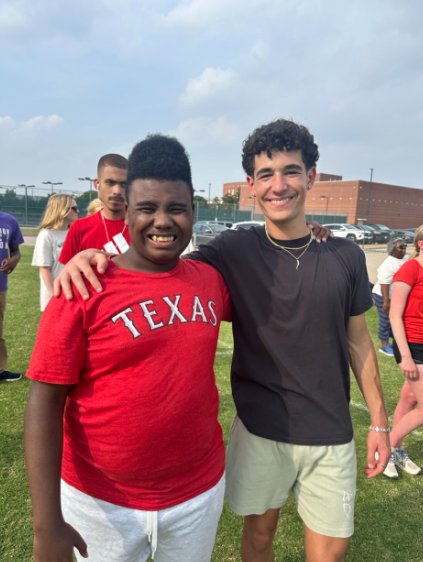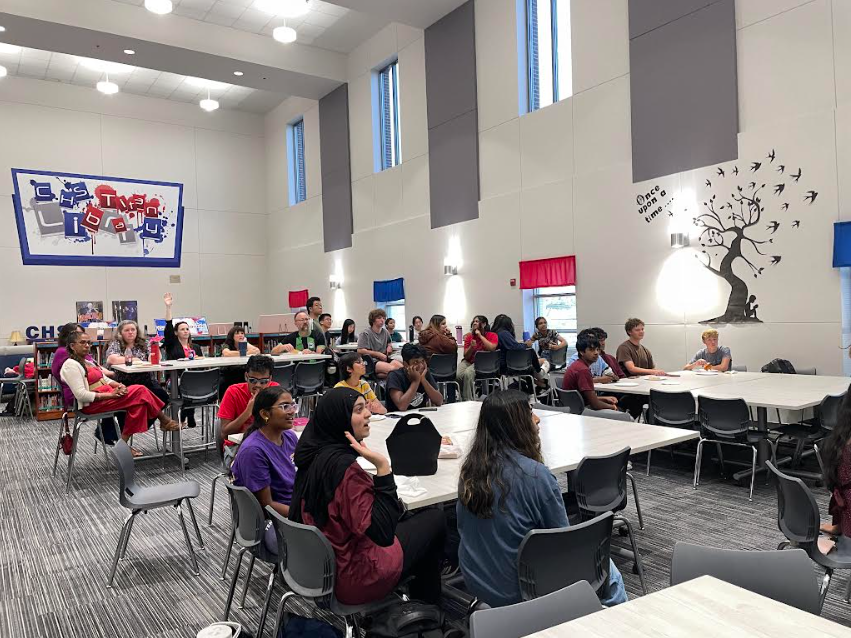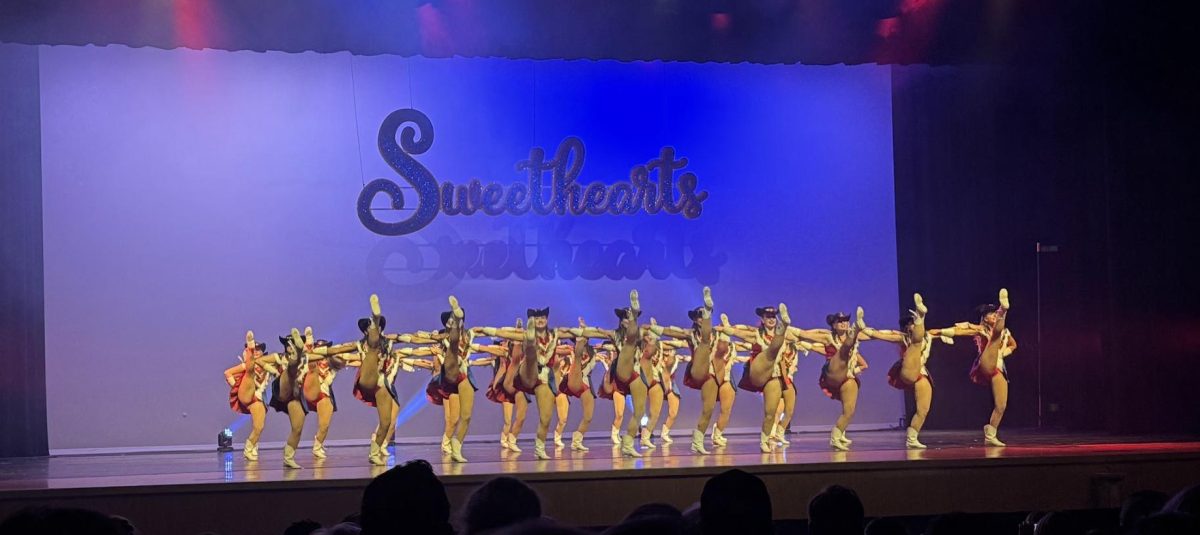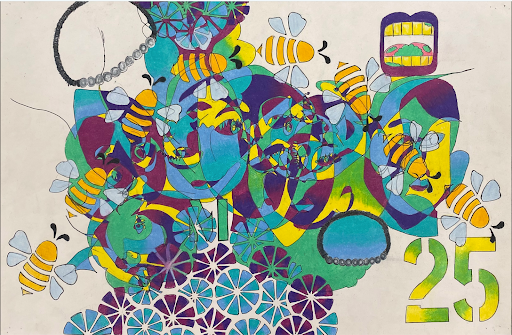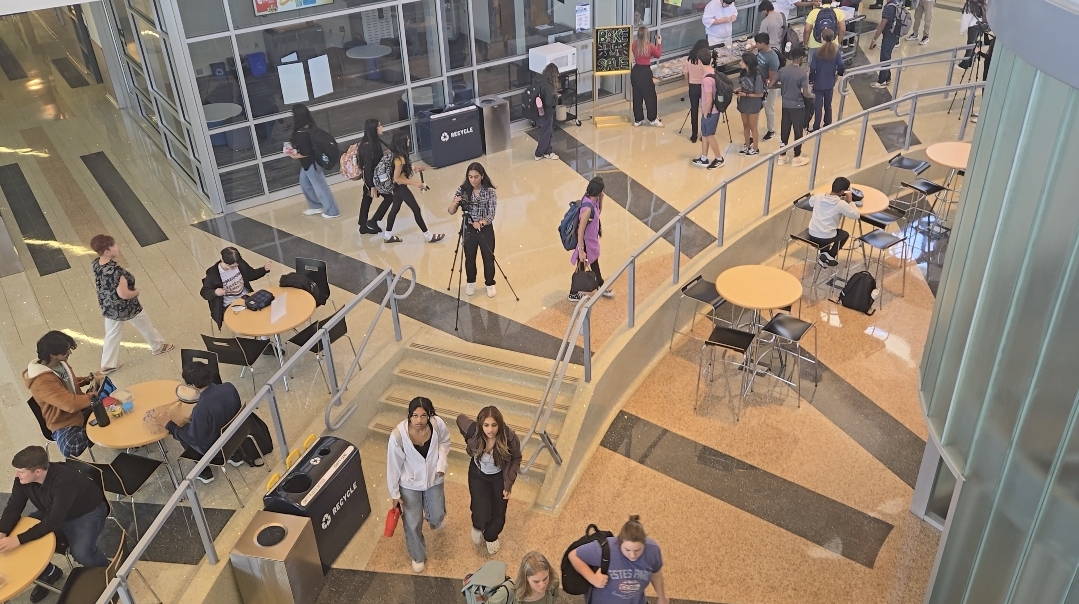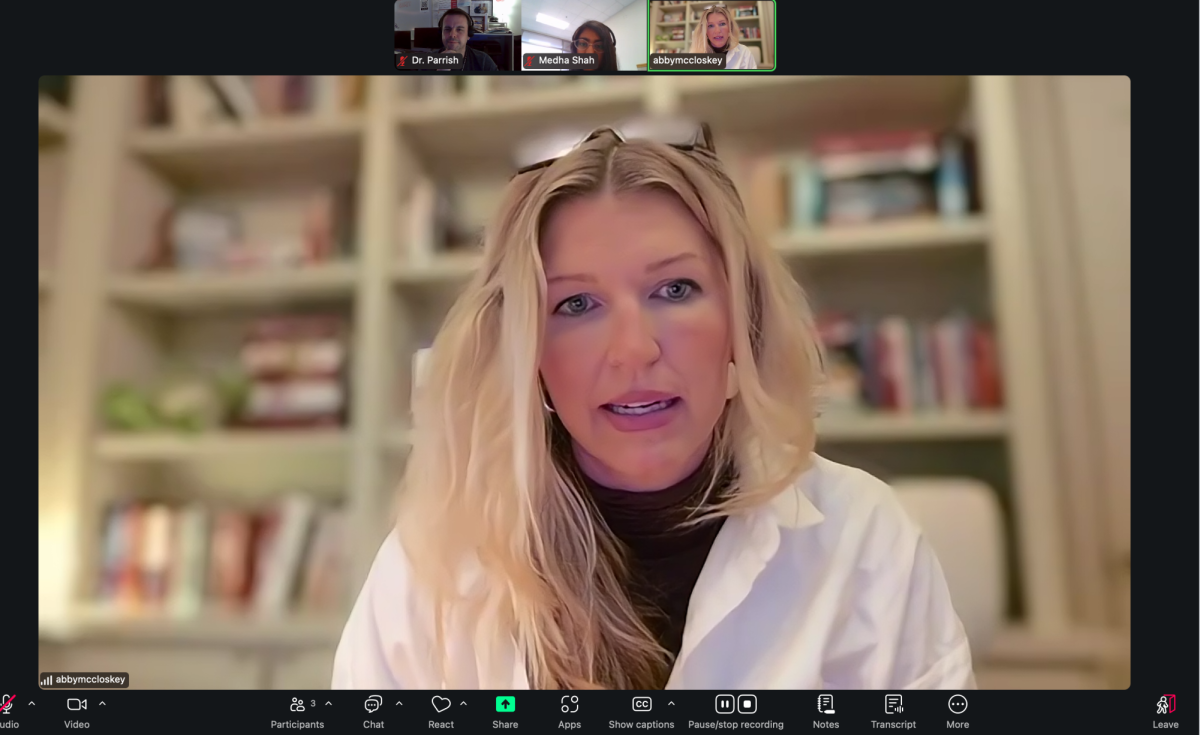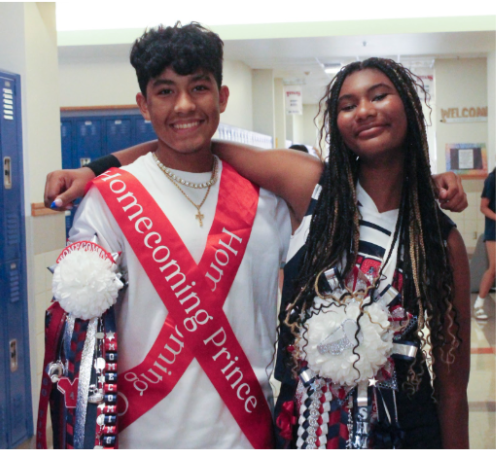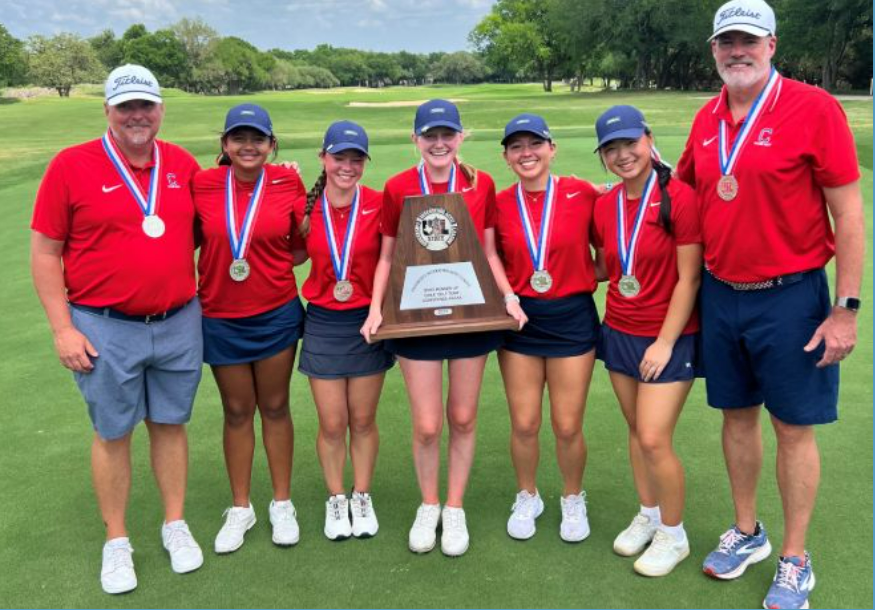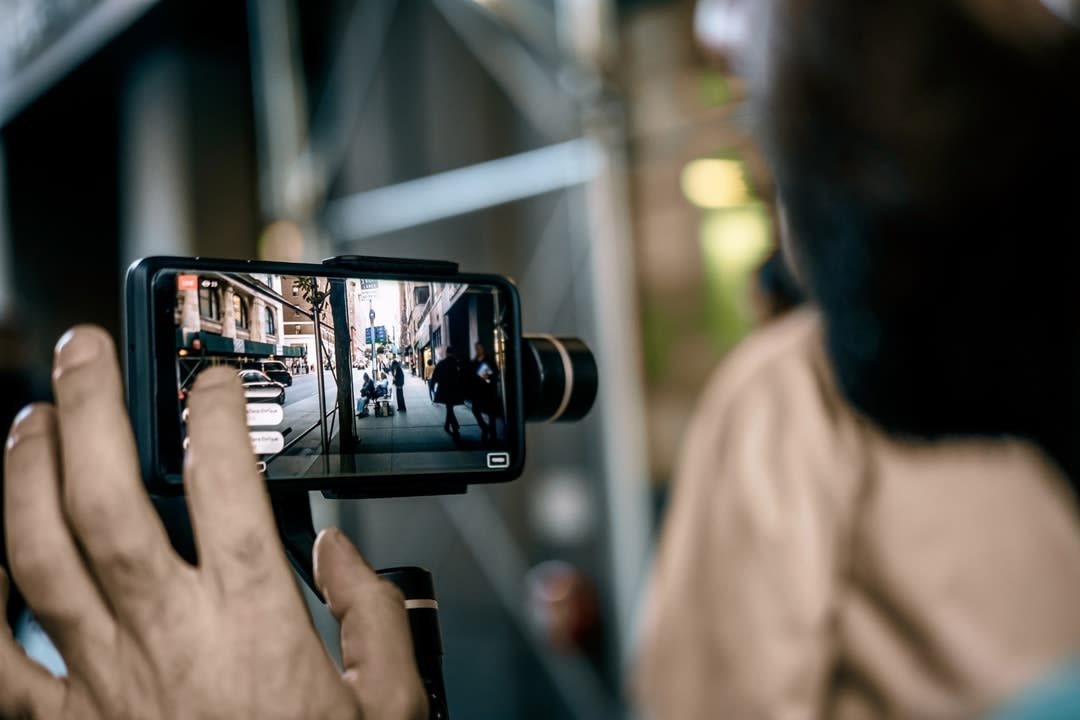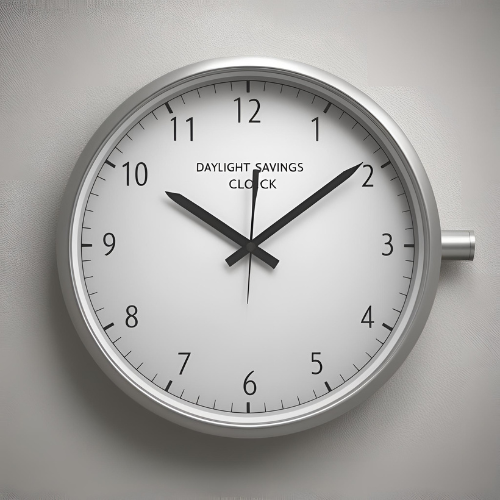
FRISCO, TX- The American Heart Association (AHA) nominates teens yearly to form a team, set a goal, and raise donations for the organization’s mission- to be a relentless force for a world of longer, healthier lives. The team that raises the most points in the local area is named the local Teen of Impact Award Winner, and the teen who raises the most points in the U.S. is named the National Teen of Impact Award Winner. The fundraiser lasts from Feb. 2nd, 9 p.m., to April 4, 9 p.m. Fundraiser points are earned with a $1 donation per point and the completion of weekly missions.
Teens who participate must be interested in helping heart health as it’s necessary to be motivated as the journey to fundraise is long and requires lots of engagement. There are teens from the North Texas community participating in the challenge. Prisha Jay, a nominee in Frisco ISD and a Centennial High School student, elaborates on why she joined the fundraiser.
“I started this last year under my friend, who was a team leader. I just was a team member for the campaign last year. She nominated me this year for team leader, and that’s how I got into it,” she says. “It’s really fun to have a team project [to do] cookie sales, fundraisers, and fundraising [in general].”
Nominees need to have a strategy for fundraising to reach as many people and gain donations as possible. It’s a blind competition, so the nominees don’t know how much money the other competitors have raised. That means they have to do their fundraising to the goal they set without adjusting it to others’ goals. It’s necessary to have a plan down ahead of time.
“I had an advantage since I did this last year. I started planning out everything, asking if we could use the parks for fundraisers, like emailing people before the campaign started,” says Jay. “That way when it did start, we could immediately start we could start raising money and give it to the American Heart Association. So basically, I gave them a headstart.”
To spread the word about the fundraiser, teams engage with the community. Interacting in social events and contacting businesses allows teams to gain higher donations. Matching is a method that permits employees to donate double the amount for the fundraiser.
“[We have to do a] lot of texting and calling. We send out flyers with Facebook through community Facebook and community groupchats,” says Jay. “We post on there, so people know this is happening and we’re doing something like this.”
Teams need a way to keep team members motivated throughout the challenge. One way to do that is by awarding members who raise the most money during a set period.
“We do quick shoutouts like the end of the week when I update, and we’ll see who got the most money,” says Jay. “So it’ll motivate them to get money, and something I’ll be doing is hav[ing] small prizes for my team at the end.”
The most important thing about the fundraiser is impacting the community positively. The community will benefit from the fundraiser as the end goal. The fundraiser has helped people who suffered from heart issues before, and they’re living examples of the impact on the community and improving health.
“For starters, they benefit from all the fundraisers we’re doing. Cookie bake sales- we give them cookies, and we get money. In easter egg hunts, we are helping the kids have fun,” she says. “All of this is happening in the community, and if anyone has someone in their family who suffers from heart disease or they’re suffering from heart disease, what we raise goes to them.”
Participation in the challenge cultivates skills as nominees reach out to people and persuade people to donate. A FISD nominee and junior at Centennial High School, Devashri Venugopal gives perspective on the skills she wishes to gain.
“I hope to gain better communication skills, better empathy, and a greater awareness for the people around me and their struggles,” says Venugopal. “I also think I can gain a lot of knowledge from the people that I communicate with throughout this journey as they have already given me so much advice on how to perceive this endeavor throughout the next several weeks.”
This fundraiser positively impacts the community and communicates the importance of heart health and the goals of the American Heart Association in teams’ fundraising campaigns.
“For starters, they benefit from all the fundraisers we’re doing. [In] [c]ookie bake sales, we give them cookies and…get money. In easter egg hunts, we are helping the kids have fun,” says Jay. “All of this is happening in the community, and if anyone has someone in their family who suffers from heart disease or they’re suffering from heart disease, what we raise goes to them.”
The team leaders also want to have fun activities for people to participate in the fundraiser.
Venugopal wants “to raise money such as creating a miniature business to sell Indian sweets and [is] talking to a few associations that can help us organize events to promote them.” Jay said, “We do like easter egg hunts and cookie bake sales and keep the projects fun while raising money at the same time.”
Students can contribute to the fundraiser by donating to a nominee on their website. Look for flyers or the Teen of Impact page on the AHA’s website to find more information. Join the American Heart Association in funding lifesaving research, advocating for better public health policies, and creating healthier communities. You can also help by becoming a sponsor, doubling your donation through the Matching Gifts program if your employer participates in it, joining the Cor Vitae Society (a philanthropic organization that celebrates individual donor gifts of $5000 or more for the American Heart Association), and connecting with the AHA’s office to find more ways to support.


